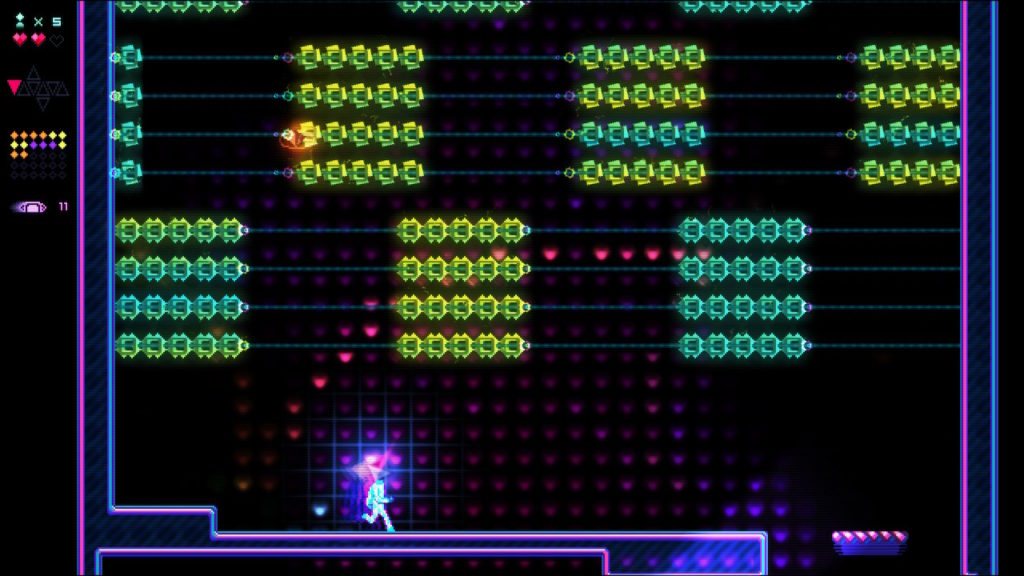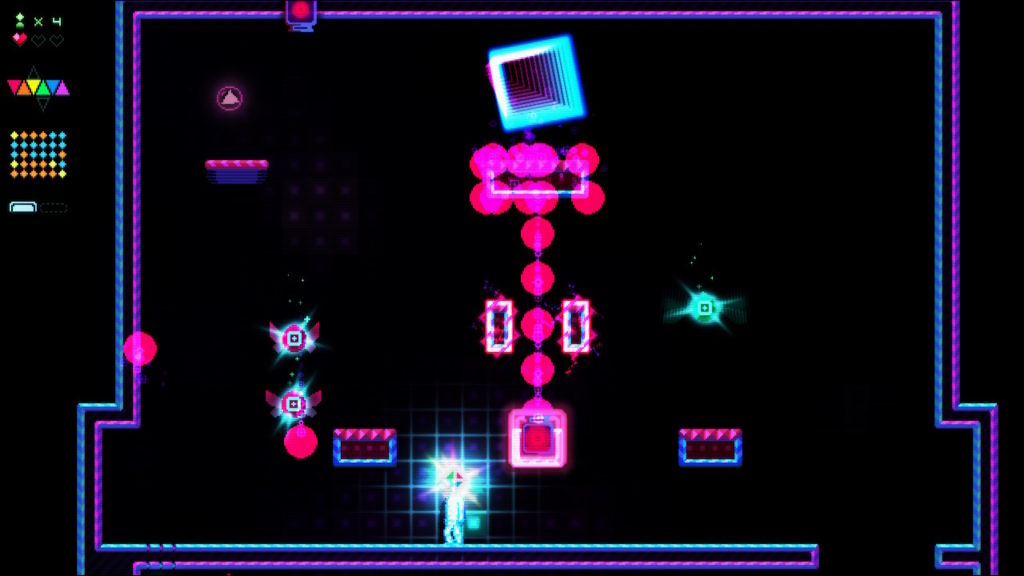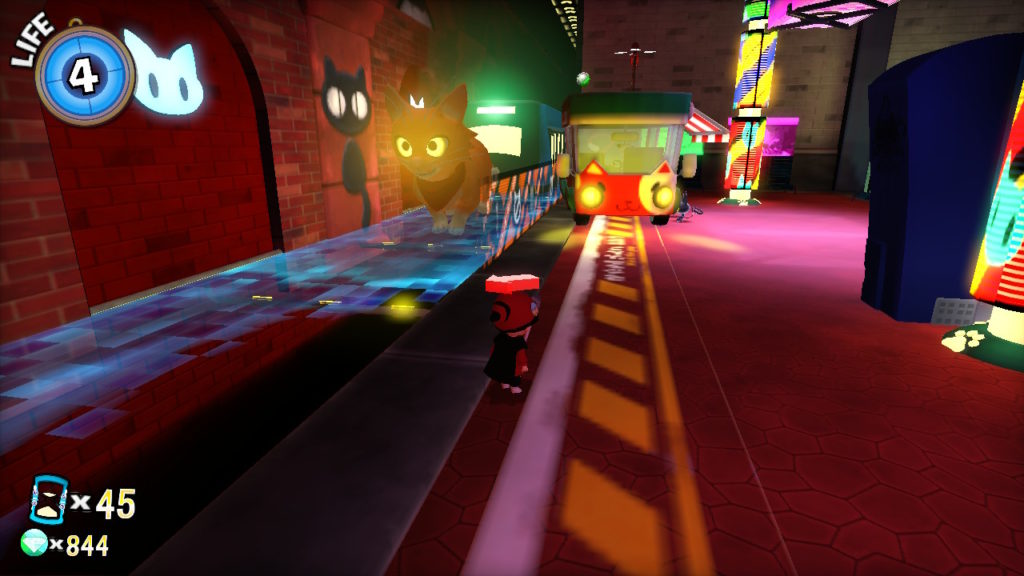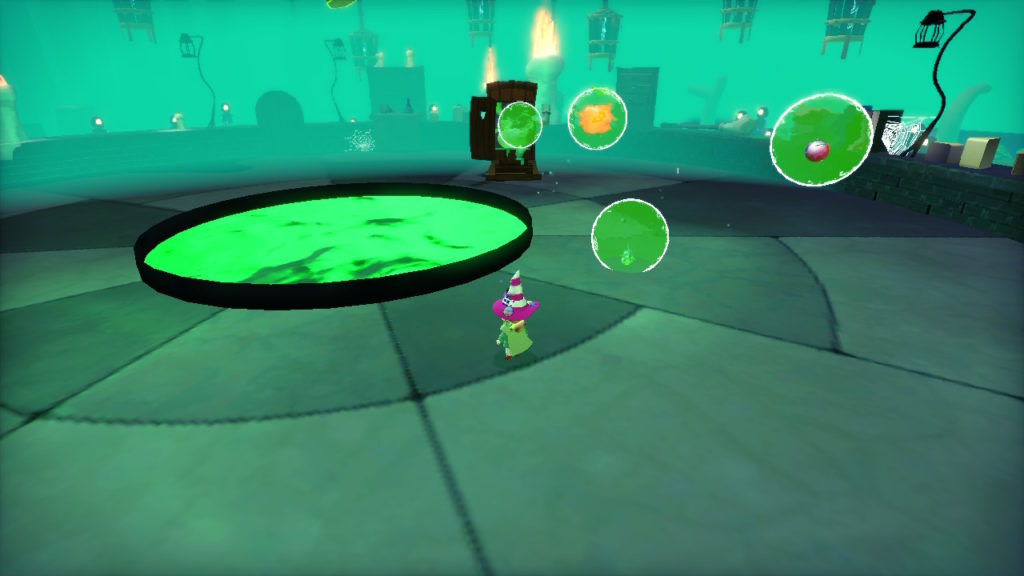More Info from Playful Studios
- Genre: Platformer
- Platform: Switch
- Also Available On: Xbox One, Windows
This was another one that snuck into my start of the year kick into platformers. This game isn’t necessarily doing anything new and interesting, and it’s certainly not an overly challenging game. However, what it does end up being is fun; fun in the most pure way that mechanically solid platformers can be. The world and characters are colorful and charming. The levels you hop around in are extremely varied in their platforming styles. The little side challenges provide enough of a reason to explore every location. It just ends up with you having spent way more time playing the game than you expected because you never stop having fun.
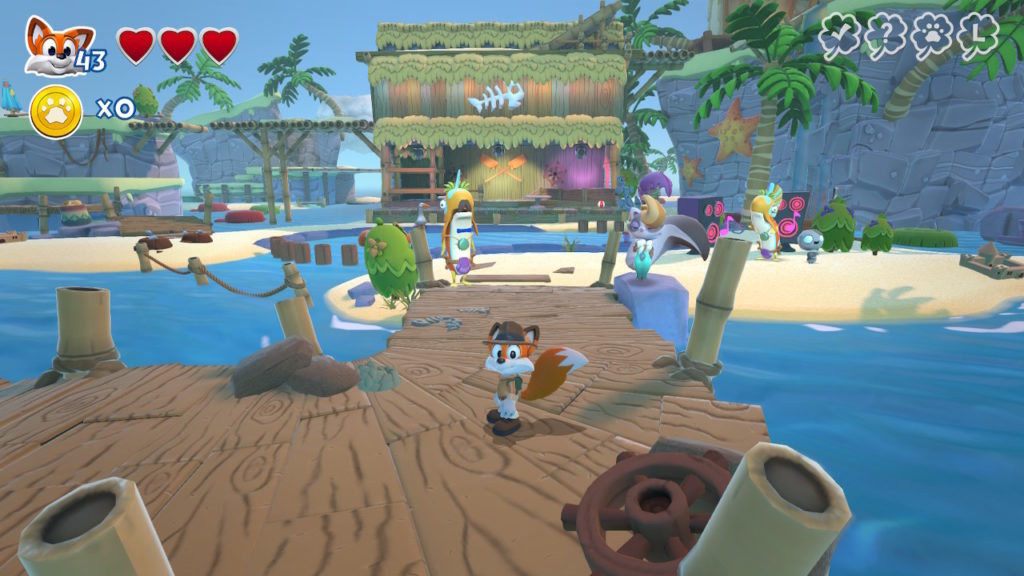
Variety is really the name of the game here. At the start of the game, it looked like this one was going to be a standard 3D platformer experience. But then they throw you into a side scroller level, then an isometric level, then an auto runner level, then a Super Monkey Ball style rolling maze. The game really takes great advantage of using the core mechanics that are in place and putting them in all sorts of new environment types. When this is combined with a distinct overworld, it meant that I was never growing tired of the kind of gameplay being presented to me. You’re not going to play the same kind of level back-to-back, so it feels like there’s always something new happening, even if the mechanics are largely the same.
This is combined with a level structure that really encourages a bunch of exploration. Each level has the general end-level reward. It also has rewards for finding LUCKY letters, a hidden secret area, and a reward for collecting a bunch of coins. These all provide built-in excuses to go running around checking every corner It’s these kinds of little things that bring the levels from being just a straightforward point A to B to something that lets you get lost in them.
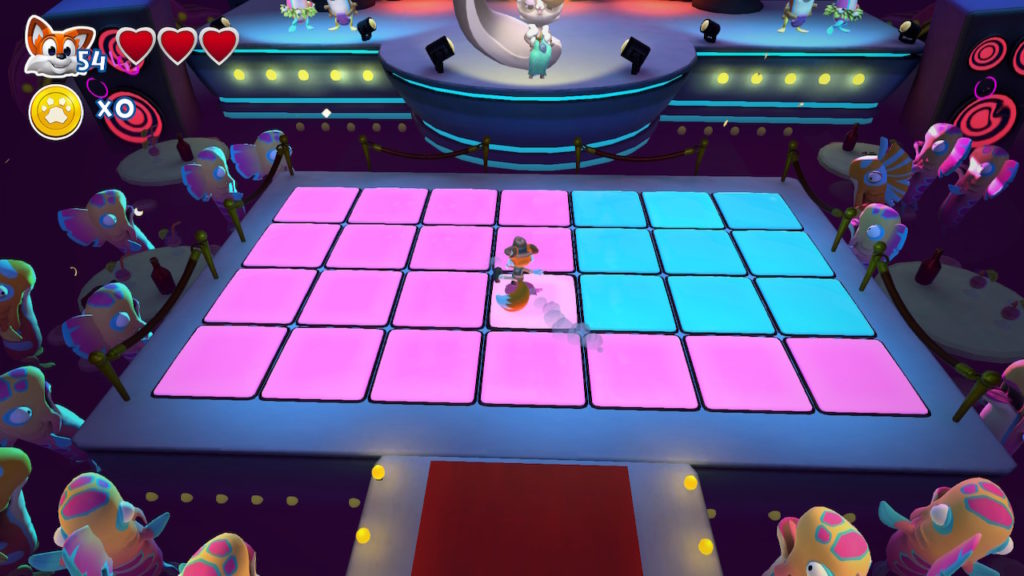
This is all helped by the fact that the game is mechanically very sound. This does all the little platforming things really right. Jump heights and distances are very obvious, and that surprisingly carries through despite the large differences between the various gameplay types. Where you’re landing is really obvious thanks to having drop shadows directly under the player at a long visible distance. These all seem like obvious things, but they’re all things that a lot of platformers get extremely wrong. When done well like here, they’re simply things that work as expected instead of being deterrents.
However, the mechanic details extend to things like boss fights as well. Take the screenshot above. Early in the fight, the purple patches are small and easy to avoid while showing very obviously that they’re damage zones. It immediately enforces that you want to move towards blue as the boss fight progresses and the safe zones get smaller and smaller. Other bosses have similar paths, such as single laser sights becoming multiple sights. These all play well into the fairly standard multi-phase platformer boss fight gameplay, but again to where them working well means they are simply working as expected, rather than being a deterrent.
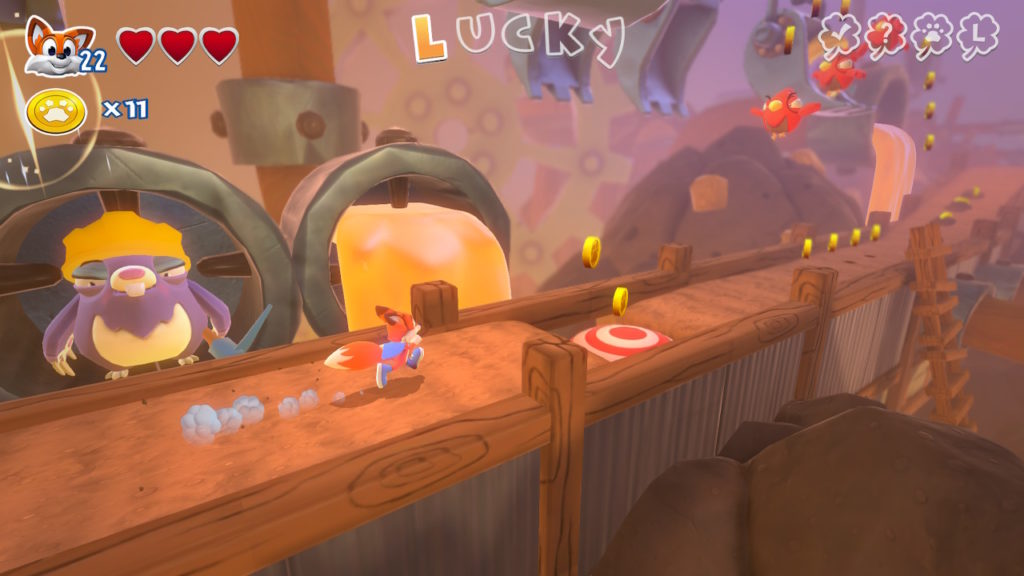
The game’s biggest issue overall is that it’s ultimately a fairly easy game to play. Ya, you’ll lose lives occasionally, but the game is both generous with health pickups and generous with additional lives, so you’re not going to be pressed to stay alive. Realistically this might as well have gone with the more modern approach of just not having lives, and having a death be a level reset or checkpoint reset. However, that lack of difficulty was never a particular deterrent. Figuring out where the secrets were became the real fun of the game. Puzzling out what the boss’ mechanics were, then defeating them with those mechanics became the real fun of the game. I wasn’t having to slam my head against long fights and long precise levels, but instead simply enjoying the game for what it was.
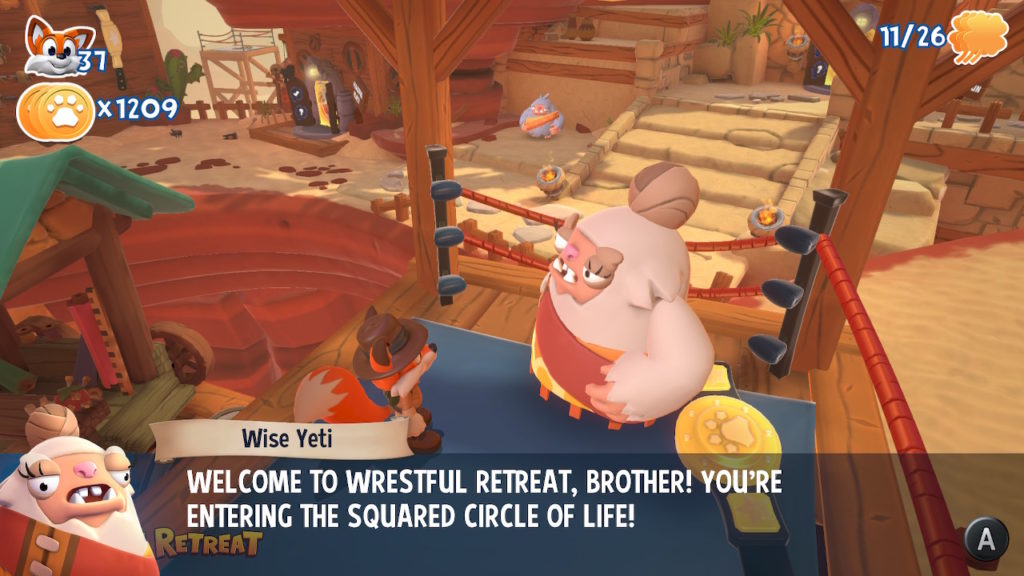
To be perfectly honest, that lack of difficulty in place of just having fun is something that I find myself enjoying more and more these days. I just don’t have the time anymore to repeat difficult experiences getting incrementally better for the sake of difficulty, and have found myself enjoying experiences that are fun for the sake of being fun. Super Lucky’s Tale really hit that mark for me. It puts together an experience that is mechanically sound to the point where you don’t think about the game mechanics, combines it with a bright and enjoyable world, and gives you enough of a reason to explore that each level is its own little self contained playground. It unfortunately sounds like the studio has been having some financial trouble, so I don’t know how much more we’re going to see specifically of Lucky, but it’s clear that the devs behind this are going to end up making fun experiences wherever they end up.


